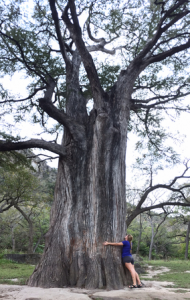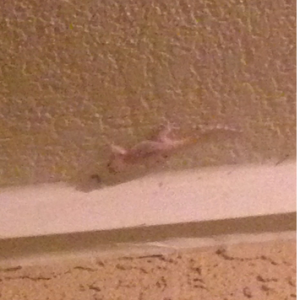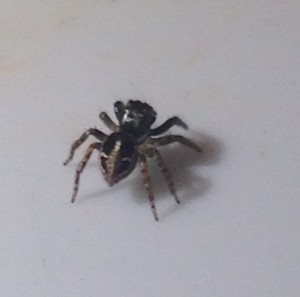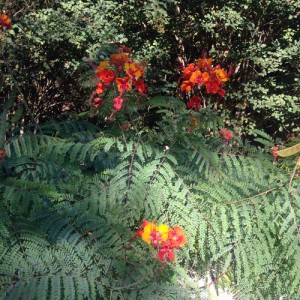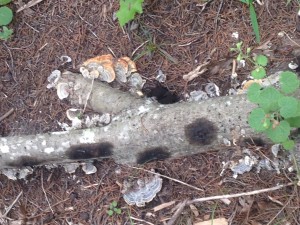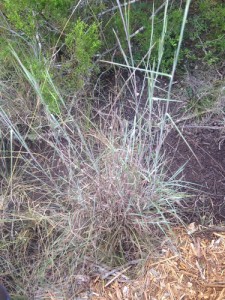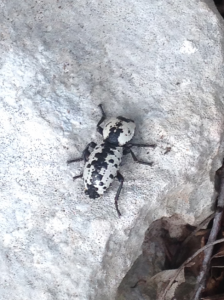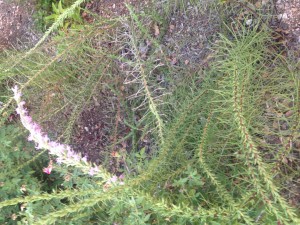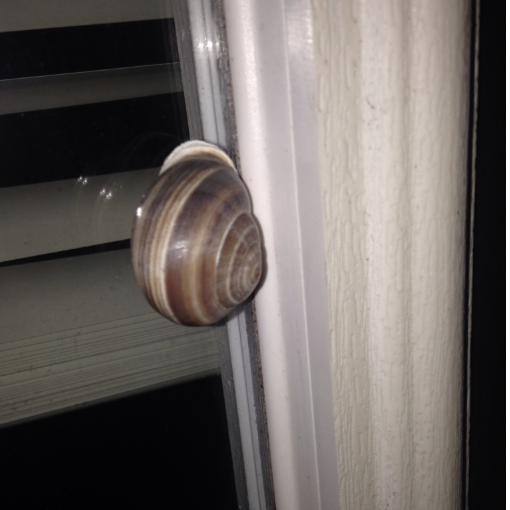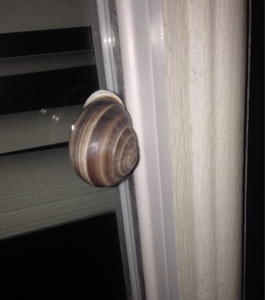This magnificent tree is a bald cypress, Taxodium distichum. The name ‘bald’ comes from the fact that they drop their leaves very early in the season. They prefer wet soil and are often fund along river banks. I saw this one on the banks of the Rio Frio, in Garner State Park this weekend. They are slow growing trees can can live up to 600 years, this one must be pretty old, based on its size.. They are native to the southeastern U.S., and the state tree of Louisiana. Their cones produce seeds that provide food for wild turkey, wood ducks, evening grosbeak, water birds, and squirrels or are dispersed by floodwaters.
My iNaturalist post can be found here.
